Projects
Elkhorn Creek, Mine, and Mill
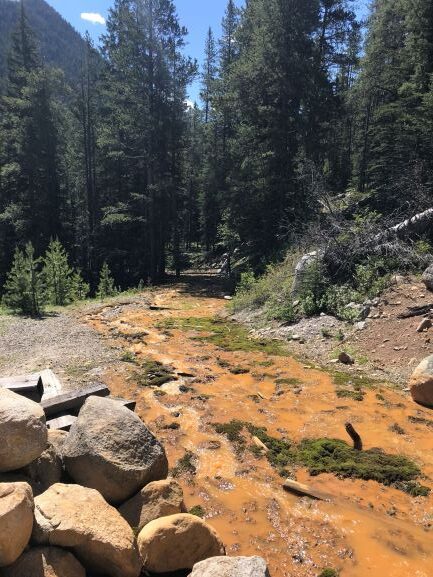 Project Description
Project Description
Since 2020, BHWC and partners have been working together to create a restoration plan for the area around the historic Elkhorn Mine and Mill, including Elkhorn Creek. This project is off the Pioneer Mountain Scenic Byway near Wise River in the Beaverhead-Deerlodge National Forest. Project partners are listed below.
Area History
- 1872-1965: Mining for gold, silver, copper, lead, and zinc.
- 1914: Mining camp of Coolidge formed.
- 1922-1950: Mine in operation. Mine never met the capacity of the processing facilities and the high cost of
transportation, power, and processing. - 2000’s: USFS conducts major cleanup of streamside tailings, diversion of adit water, hazardous materials.
Impairments
- Elkhorn Creek exceeds heavy metals standards for aquatic life and provides poor quality habitat for native Westslope Cutthroat trout and Arctic grayling.
- Actively flowing adit that discharges an estimated 150 gallons per minute into Elkhorn Creek.
- Groundwater seeps below waste dump and mill area.
- Public access to contaminated surface soils and waters; site hazards.
Project Background
BHWC and partners have been conducting studies and investigations to learn more about the site and the extent of the problem.
- 2020: Encouraged by FWP fisheries biologist, BHWC approaches USFS to characterize current conditions with aim to develop remedy for site.
- Cultural inventory, LiDar imagery
- BHWC gets water quality monitoring plan approved by DEQ and funding for lab analysis
- 2021: USFS signs Partnership Agreement with BHWC. BHWC secures additional funds for lab analysis
- Data collection: Surface water quality, PCB screening, preliminary loading characterization.
- Montana Tech deploys groundwater monitoring program.
- Montana Bureau of Mines and Geology flies video drones into adit to study infiltration
- 2022: BHWC secures funds for pilot biofiltration demonstration and metals loading study
- Volume of contaminated materials (tailings) estimated at 59,514 cubic yards.
- Montana BioAgriculture successfully deploys mycelial filter for adit water.
- 2023: BHWC secures funding for a repository investigation and preliminary design concepts. USFS secures BIL funds for EE/CA.
- Mycelial filter report shows promise for remedy in areas of high metals concentration, low water volumes, such as waste rock and mill seepage sites.
Next Steps and Needs
- 2023
- BHWC contract with Pioneer Technical Services for EE/CA, Repository Investigation and Design Concepts
- BHWC contract with Montana BioAgriculture for Design Concepts for biofiltration
- USFS inventory and begin decision-making on cultural resources- Which to mitigate, which to avoid
- 2024
- EE/CA completed and preliminary remedy alternatives developed
- USFS visitation plan/Recreation Management decisions for inclusion in EE/CA; Cultural resources key
- USFS and BHWC begin raising profile of Elkhorn Site for Federal Funding- LWCF; America the Beautiful; BIL, etc.
- BHWC proposal to RDG Mine Site Reclamation Program for continued design/implementation (up to $300,000).
- 2025
- Final Remedy Approved
- Major Funding Proposed and/or Secured
- Preliminary remedial actions begin
- 2026
- Remedial Actions
Results
2023 Repository Investigation Report
2022 Elkhorn Mine & Mill Sampling and Analysis Plan (file too large to upload)
2022 Elkhorn Mine & Mill Site-Specific Health and Safety Plan
2021 Site Characterization Report
2020 Site Characterization Report
People & Organizations Involved
Beaverhead Conservation District
Montana Fish Wildlife and Parks
Funders
Montana Department of Environmental Quality
Montana Department of Natural Resources and Conservation
Flathead Lake Bio Station/Monitoring Montana Waters
Contractors
Montana Technological University
Montana Bureau of Mines and Geology
Project Photos
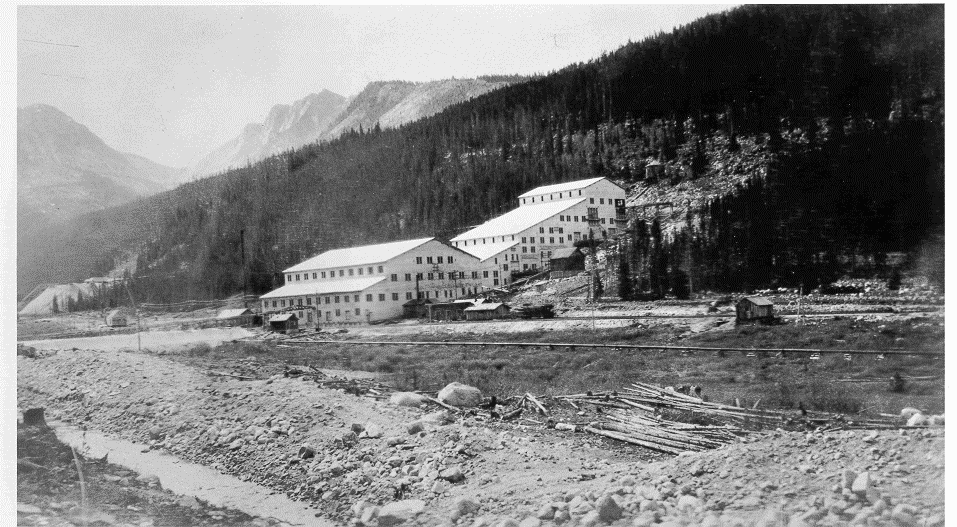
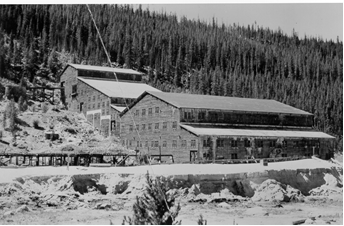
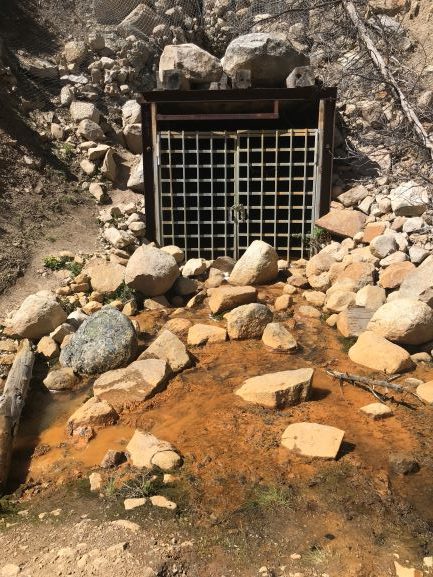
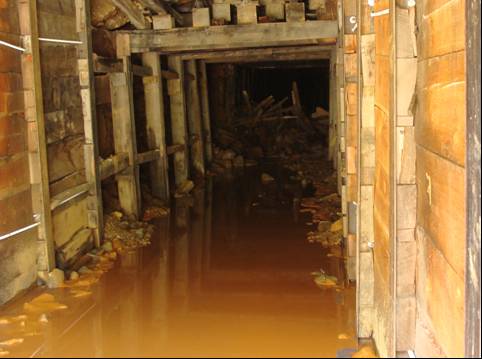
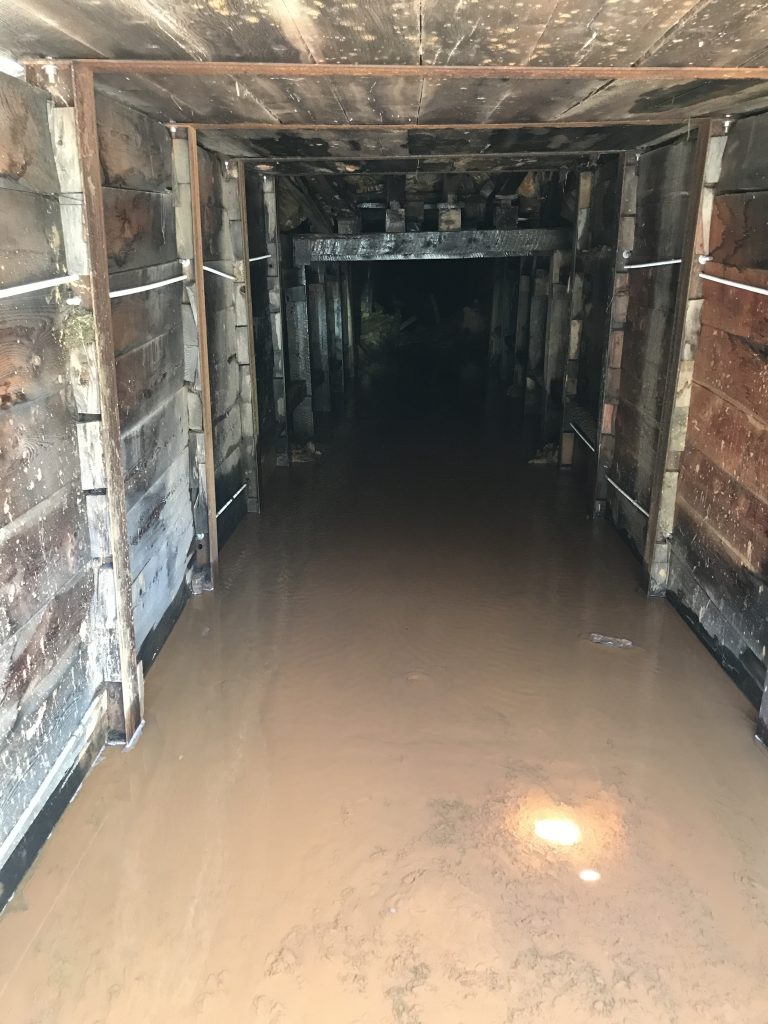
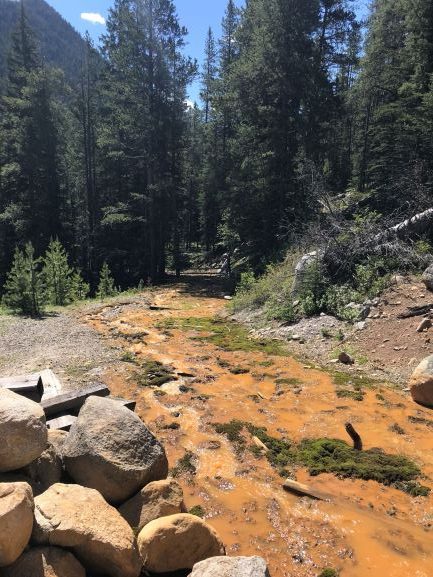
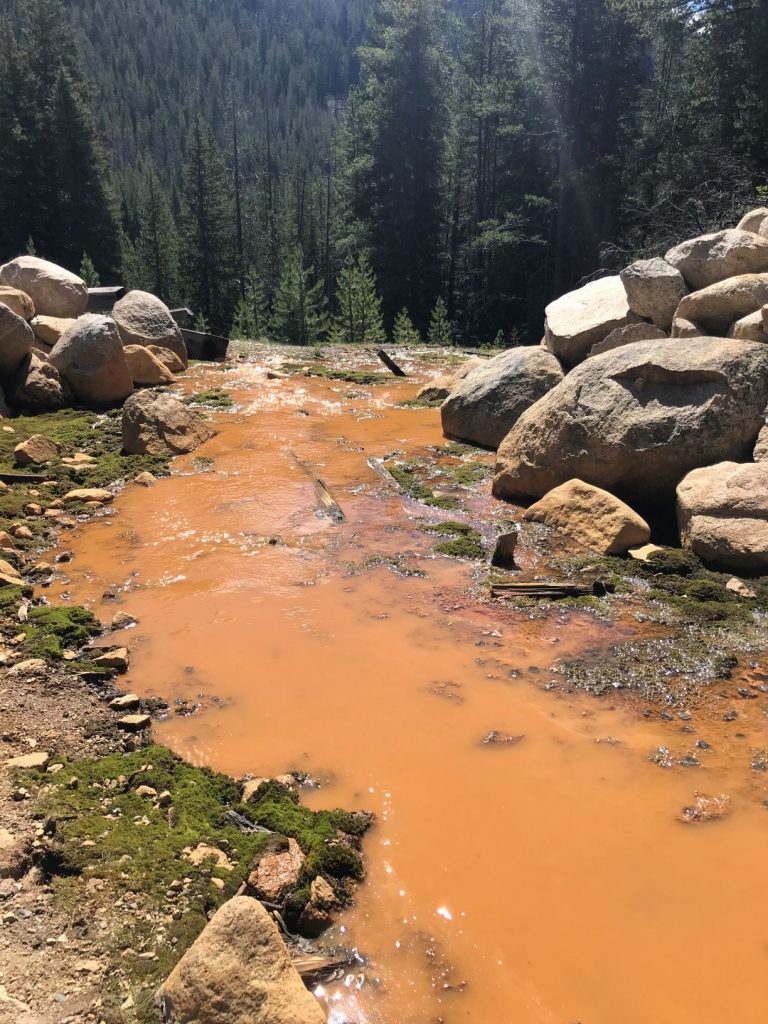
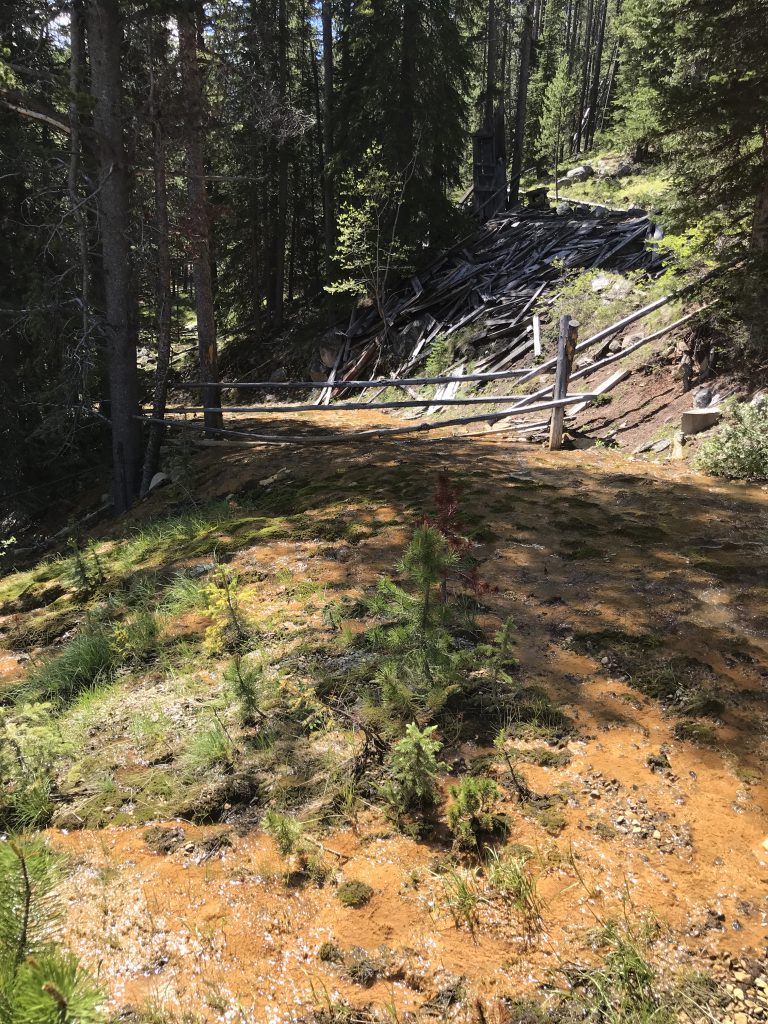
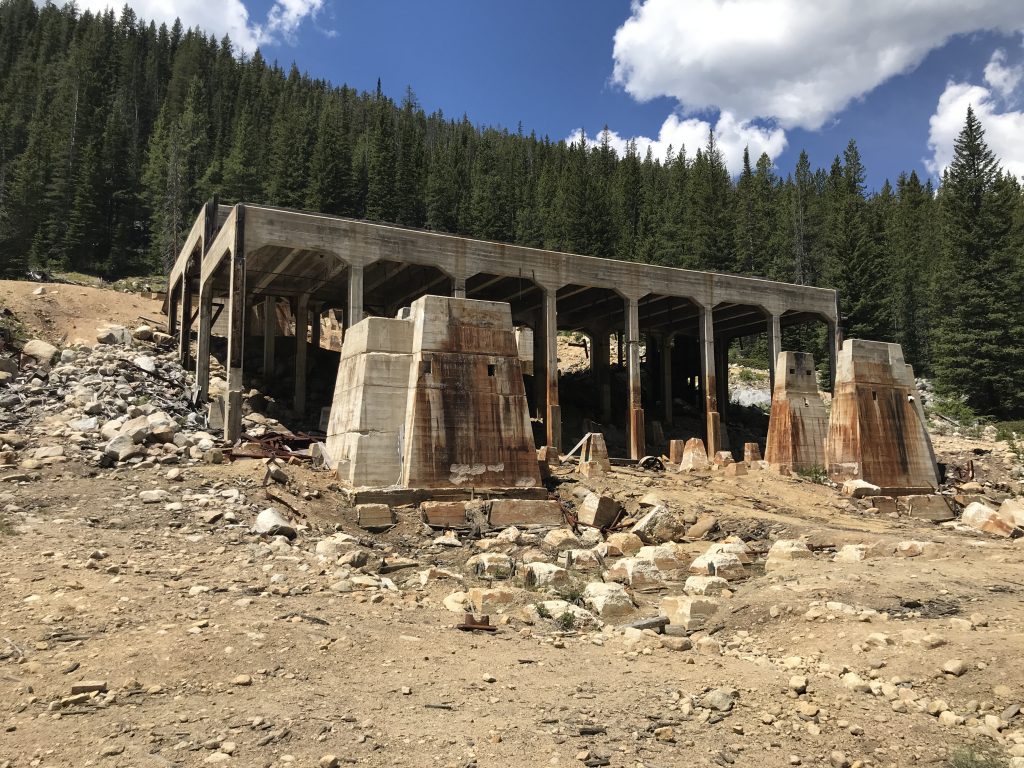
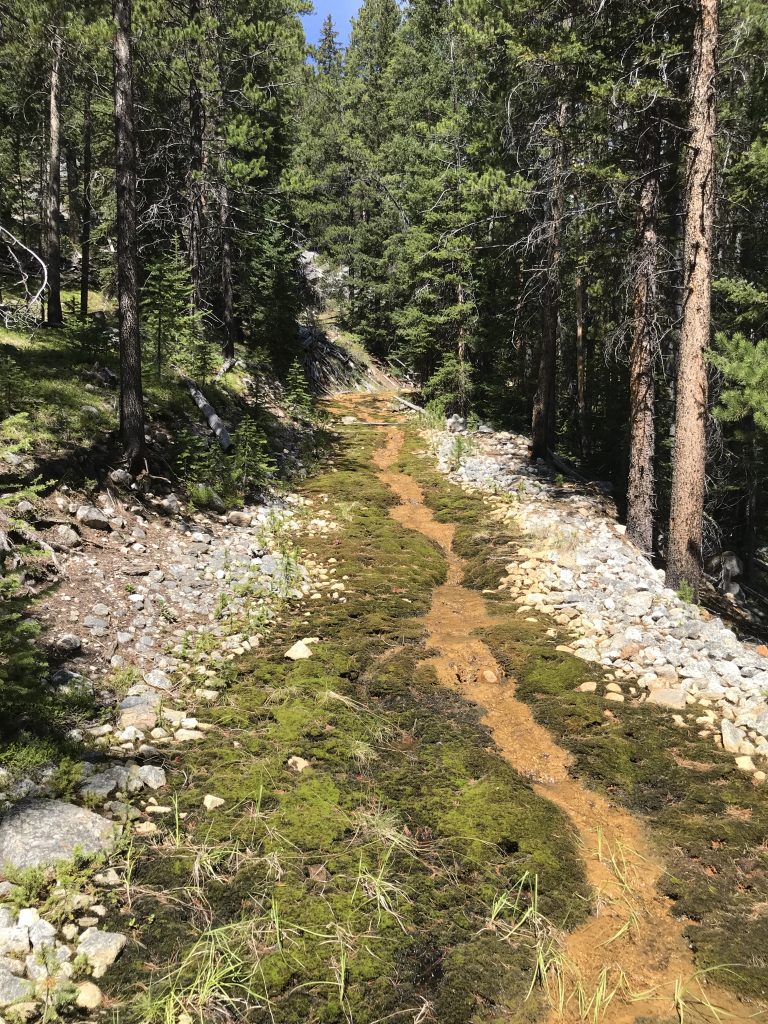
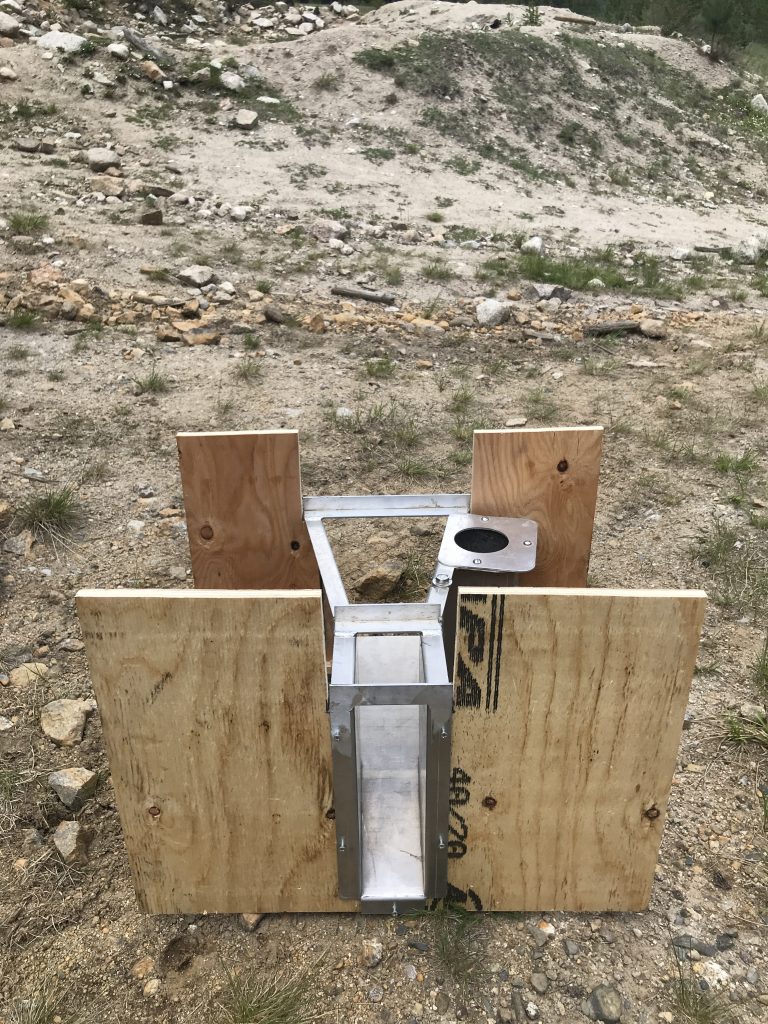
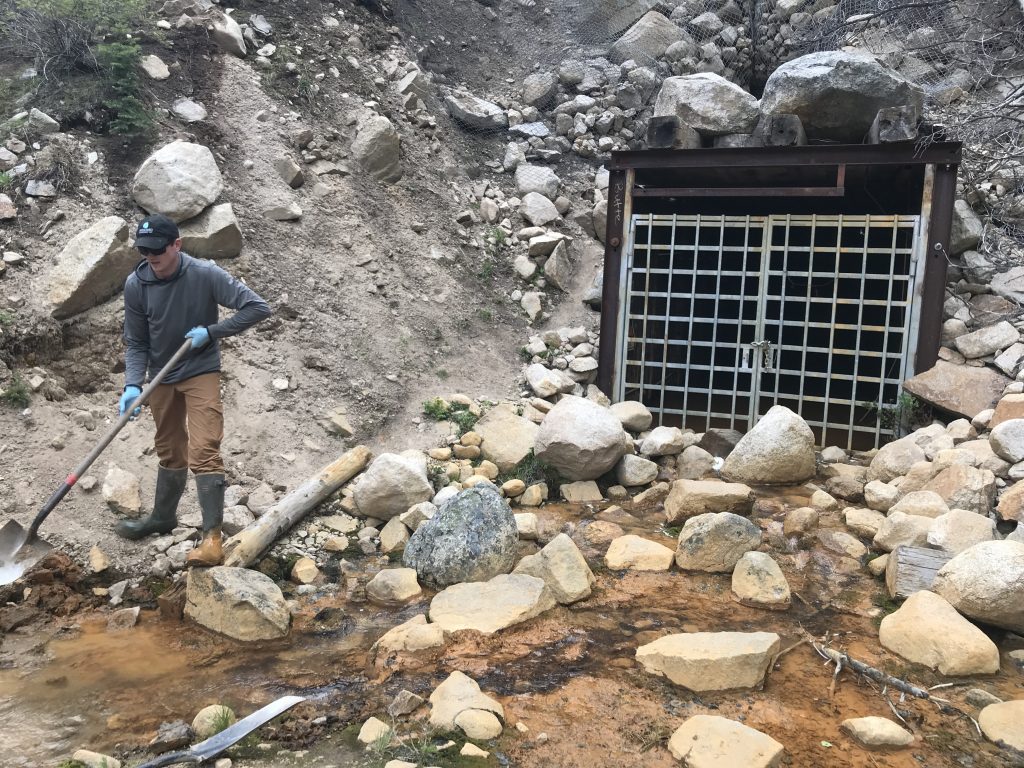
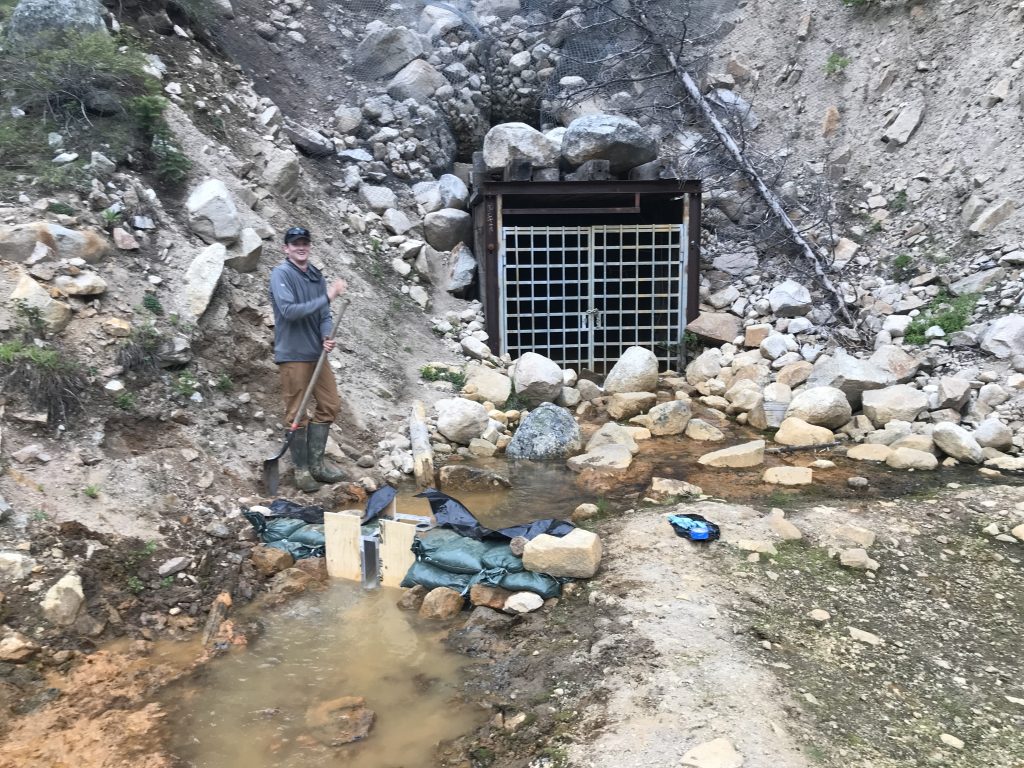

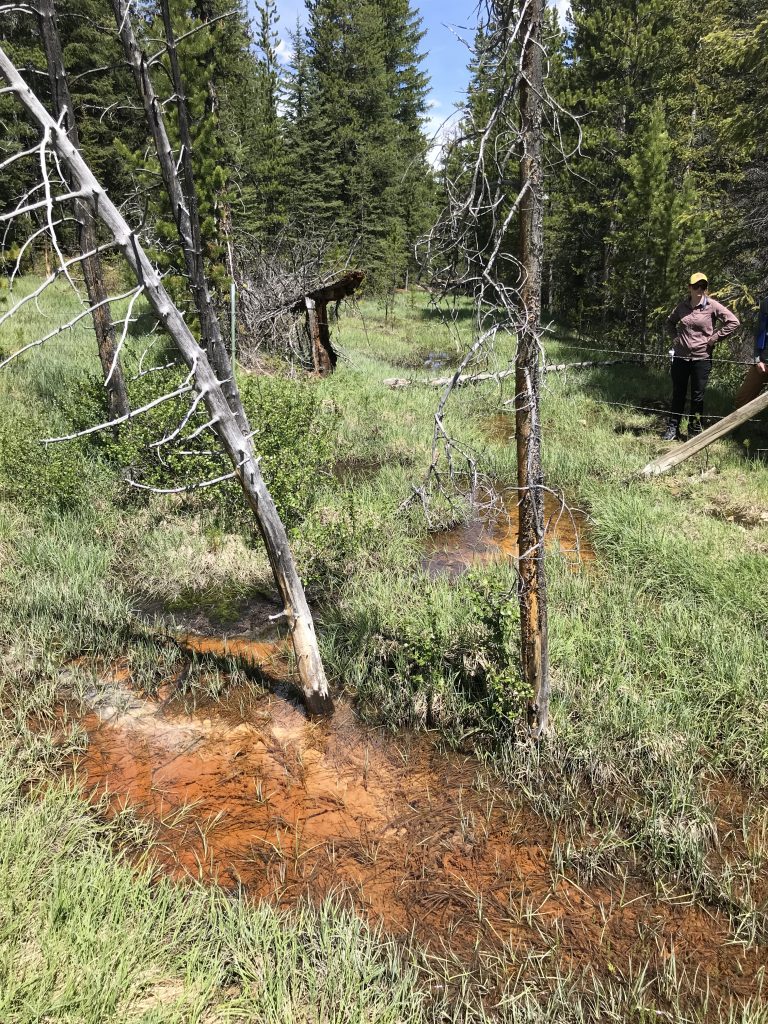
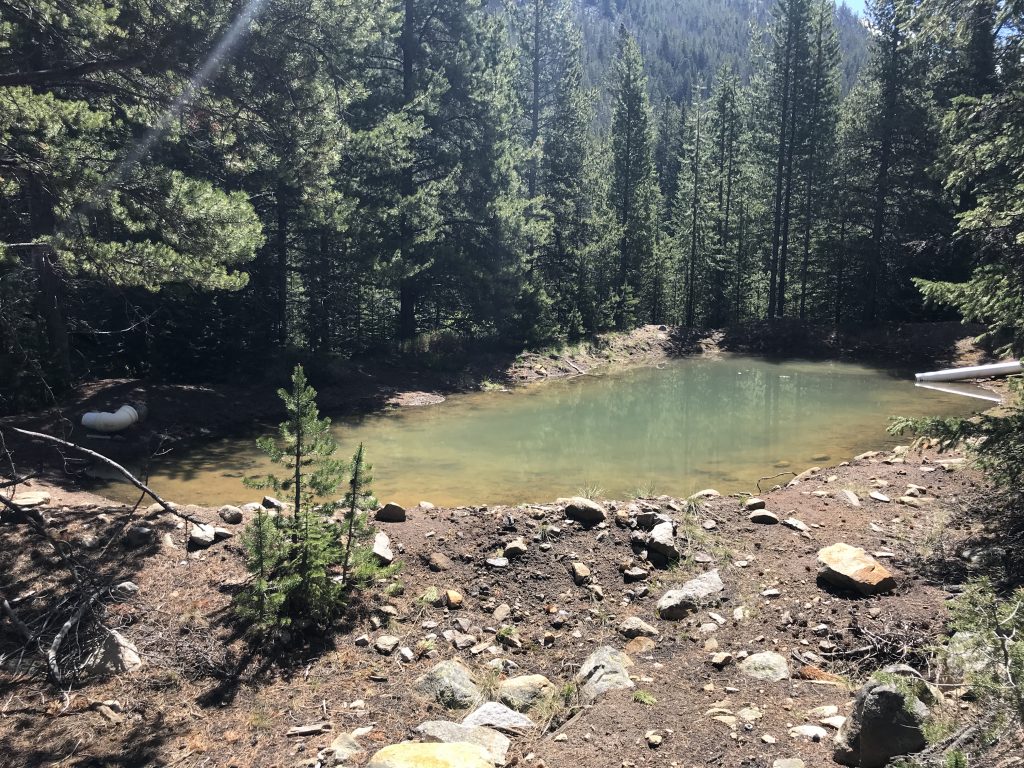
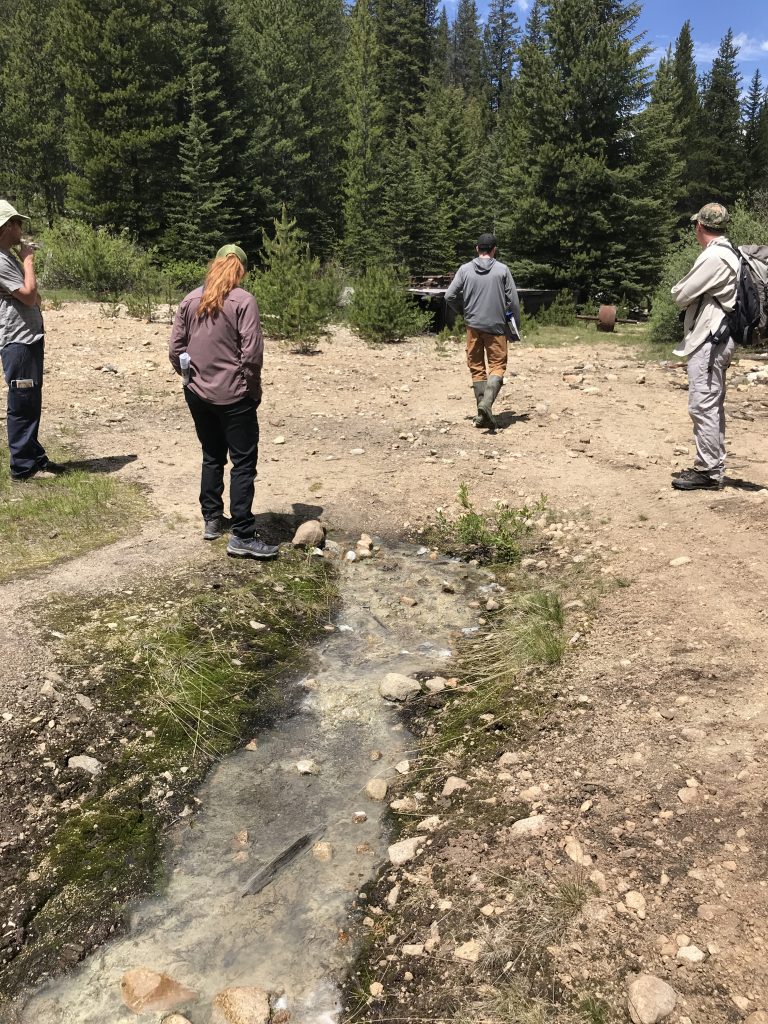
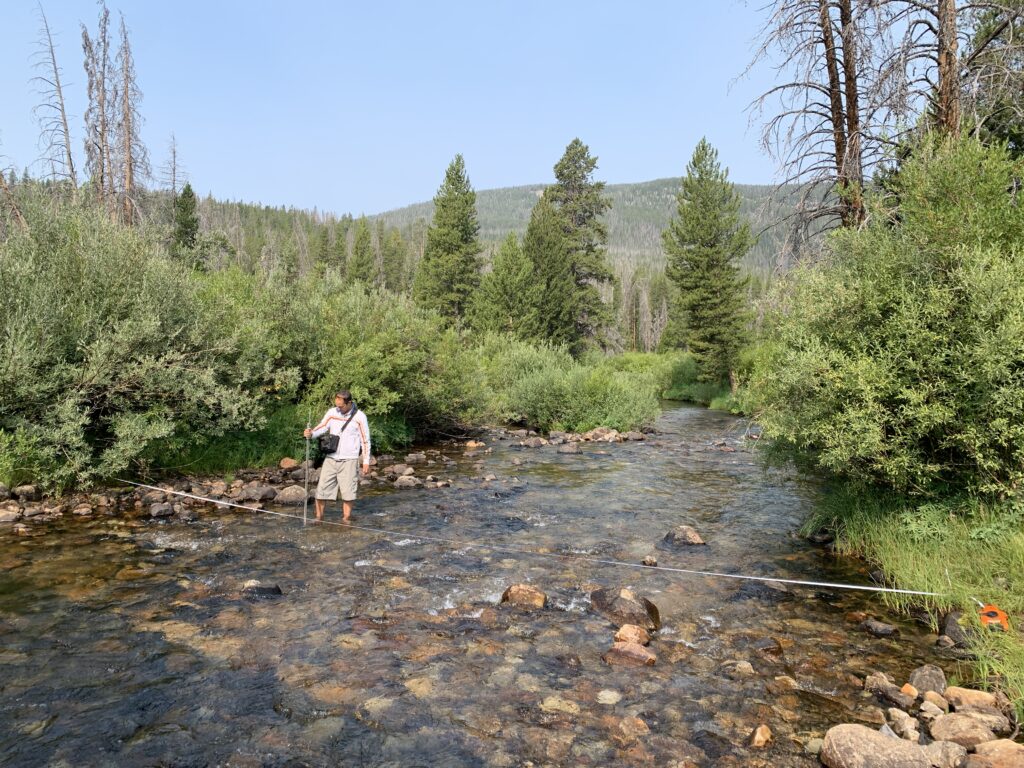
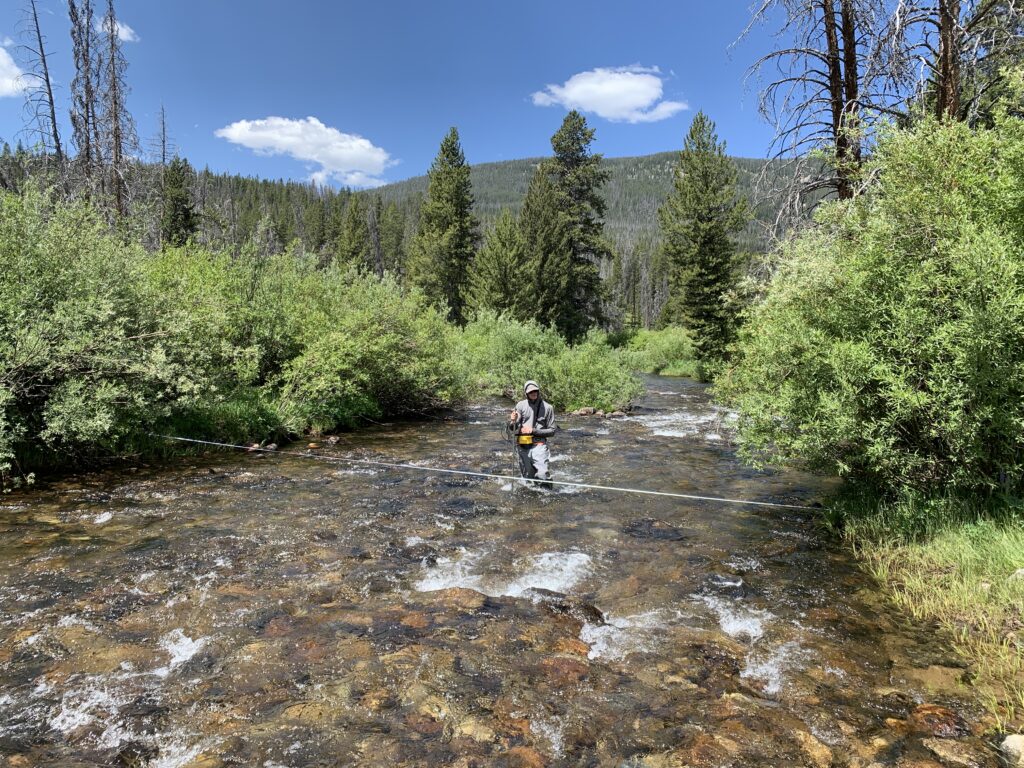
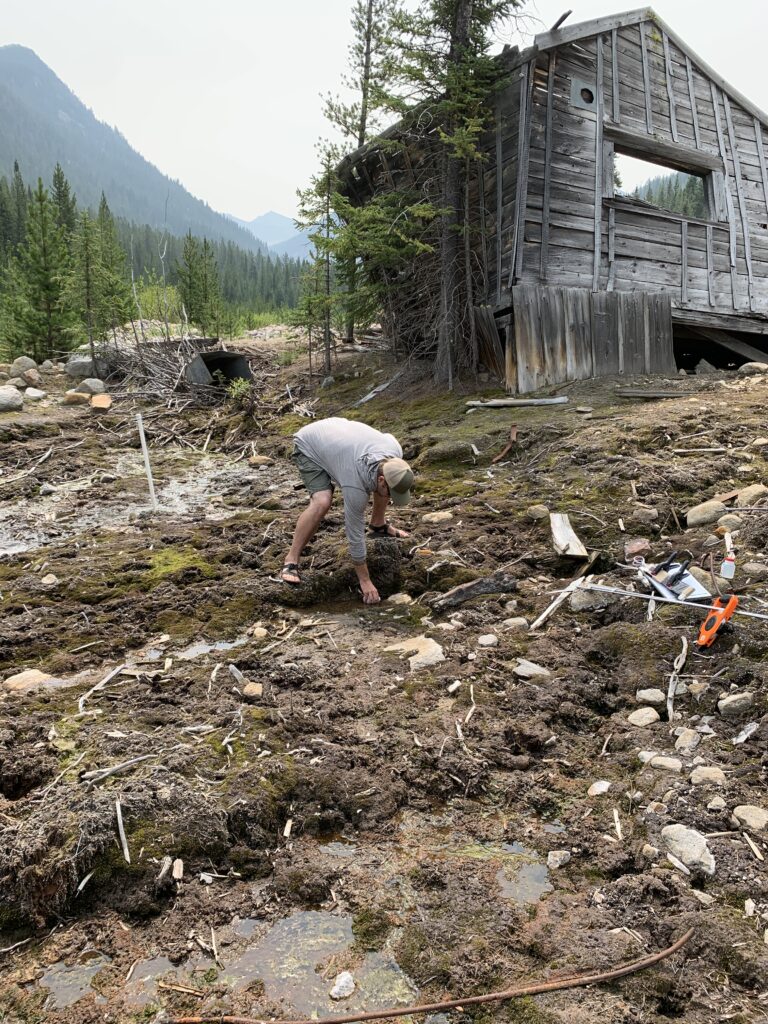
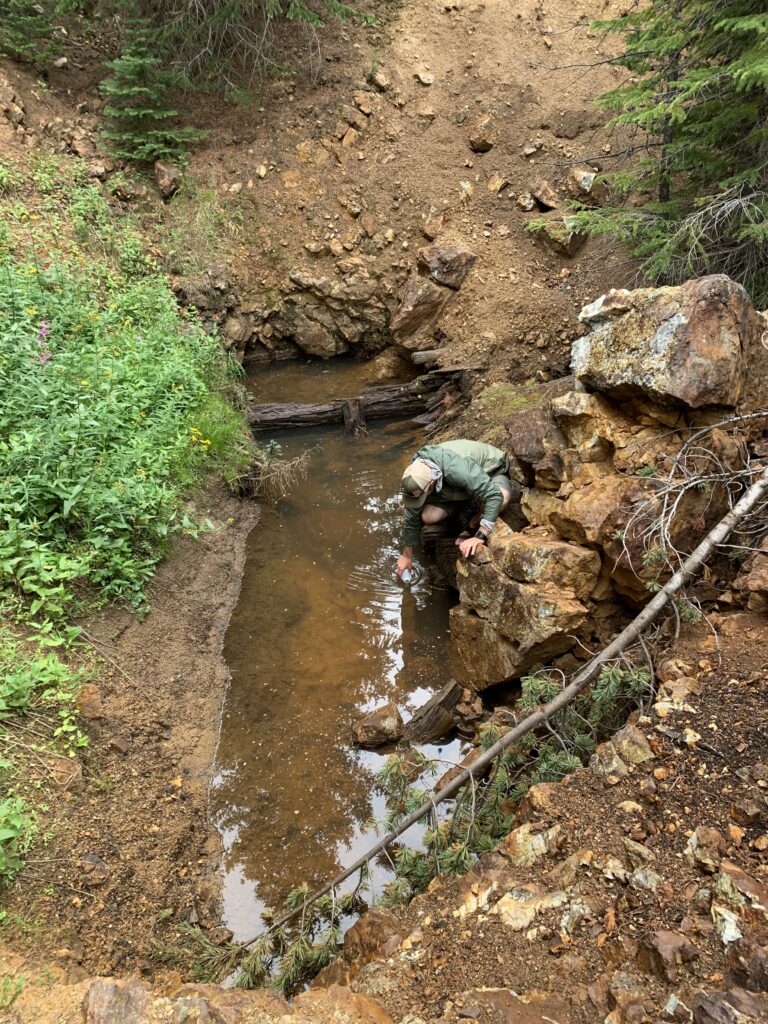
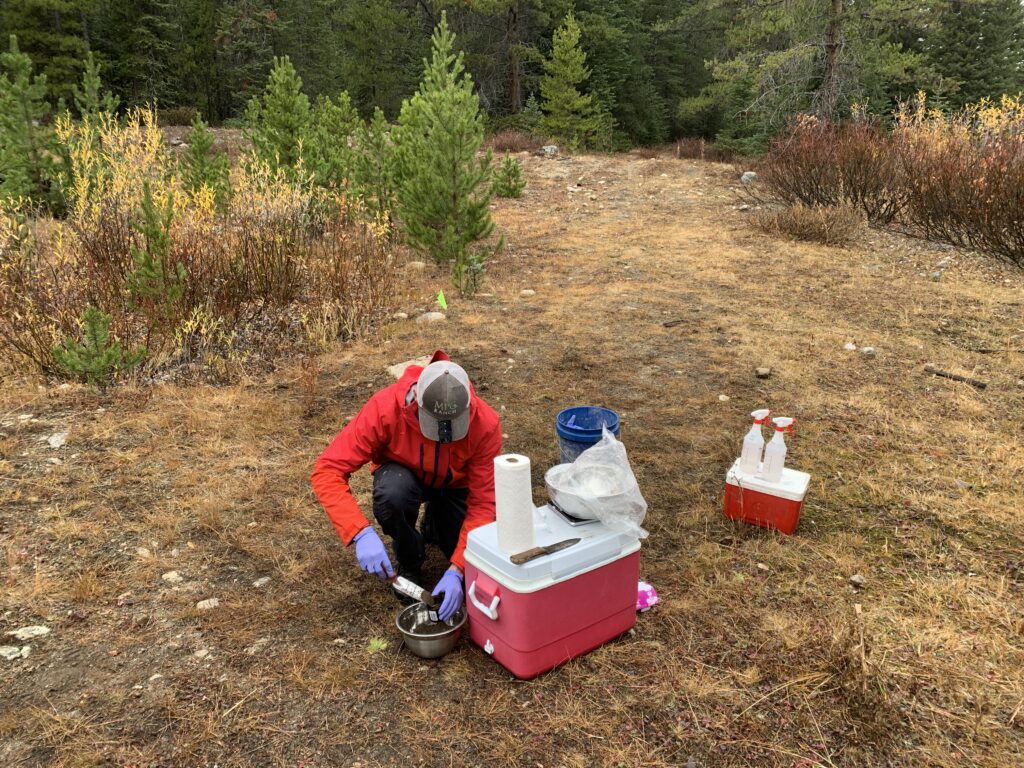
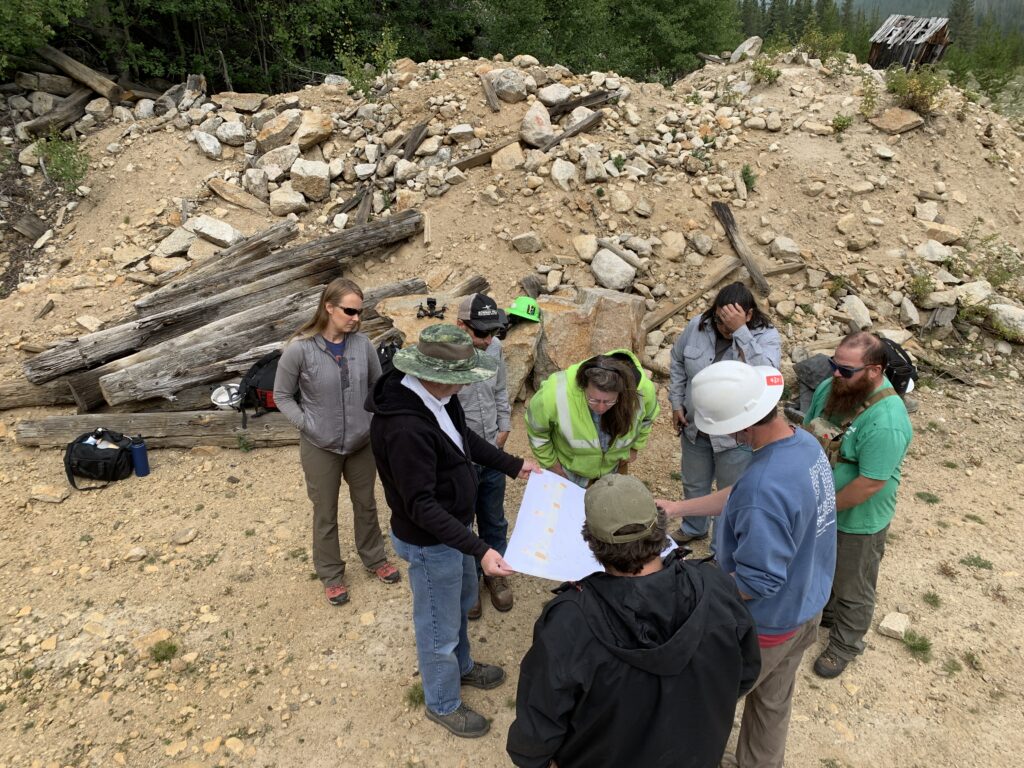
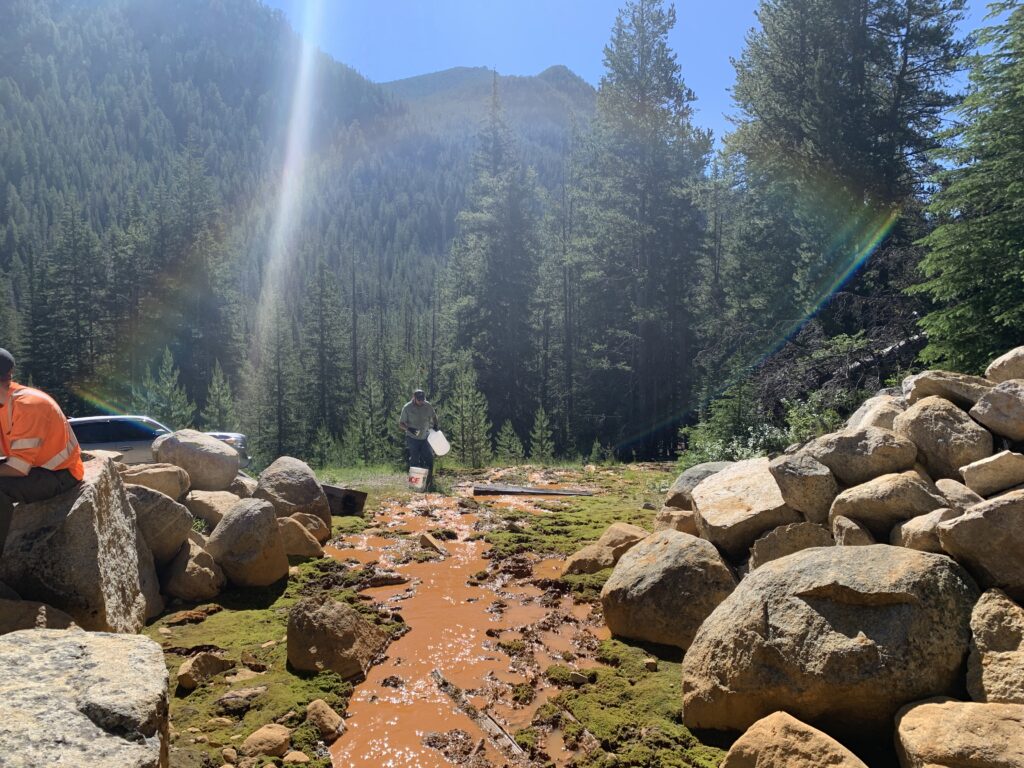
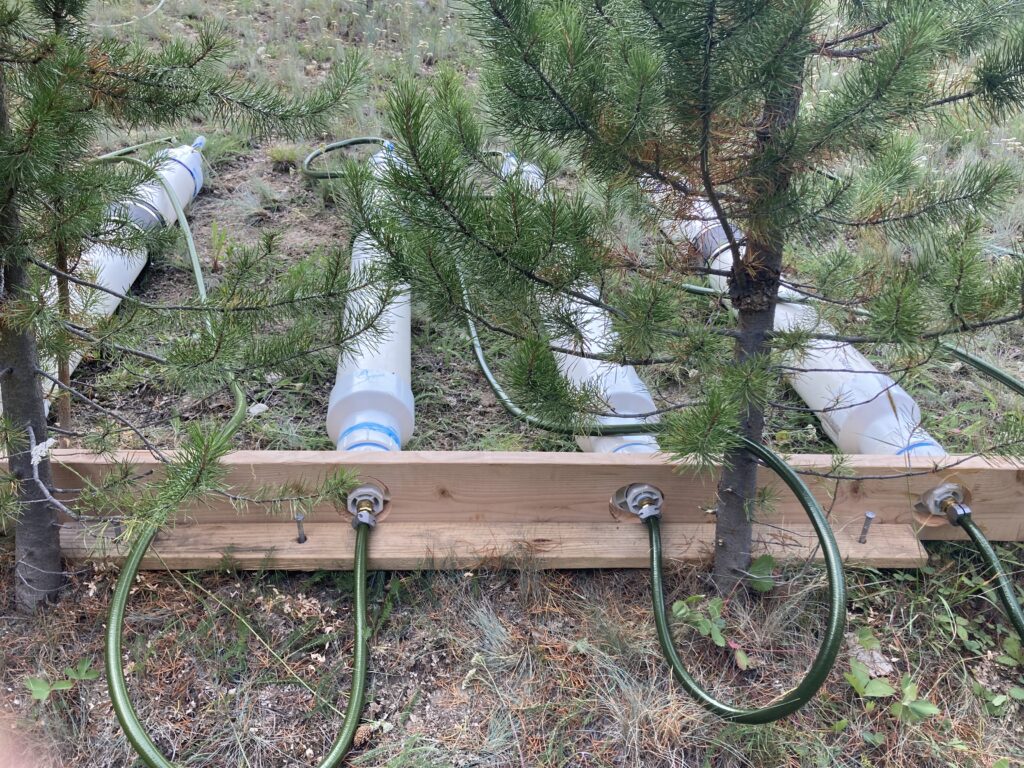
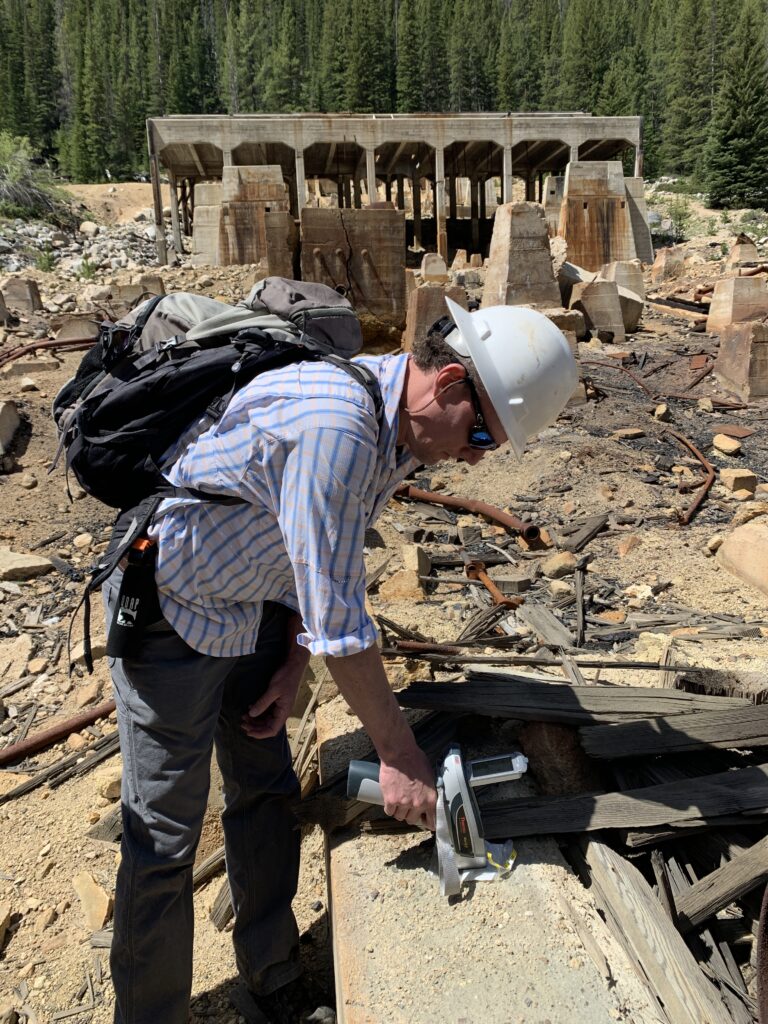
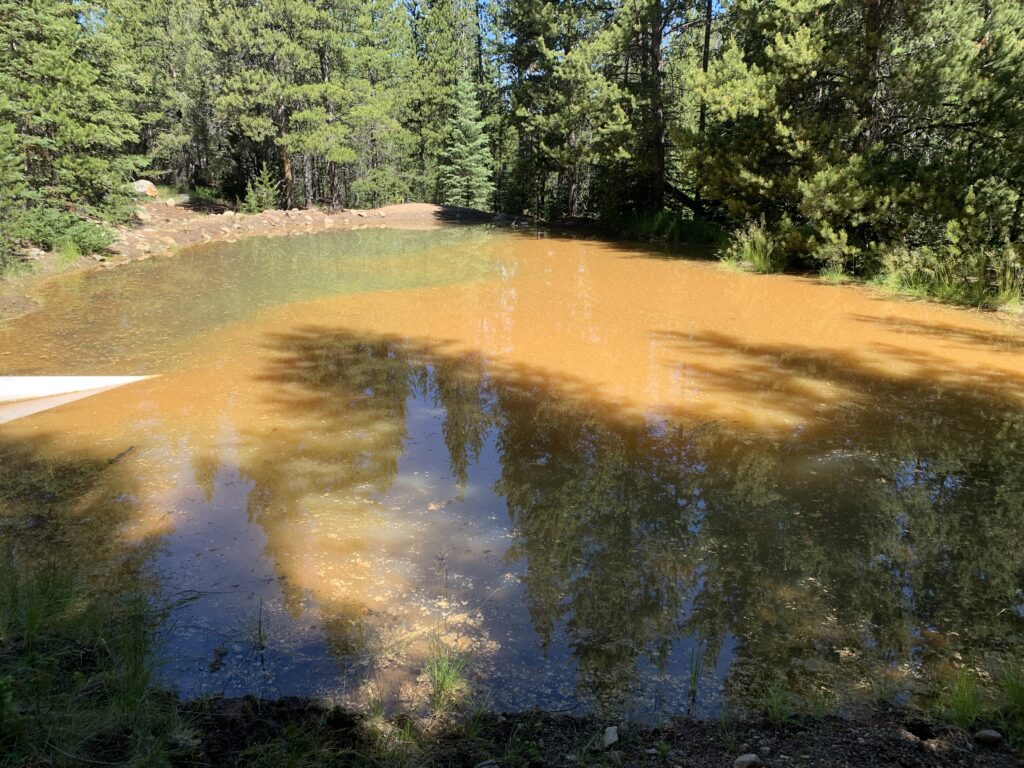
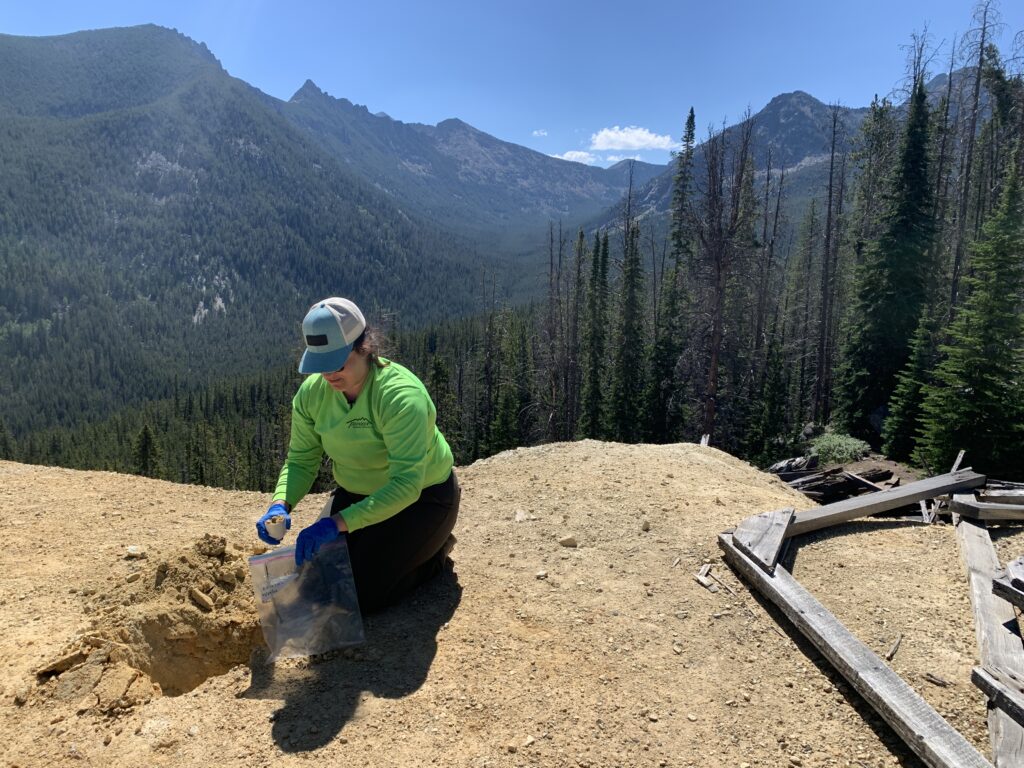
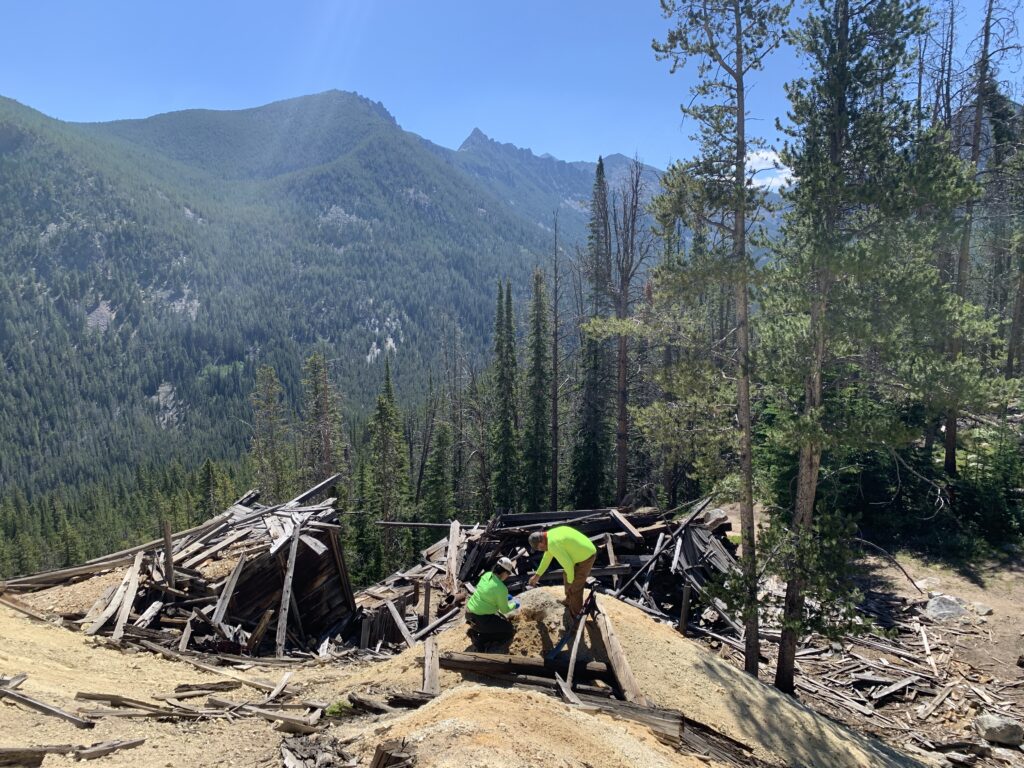
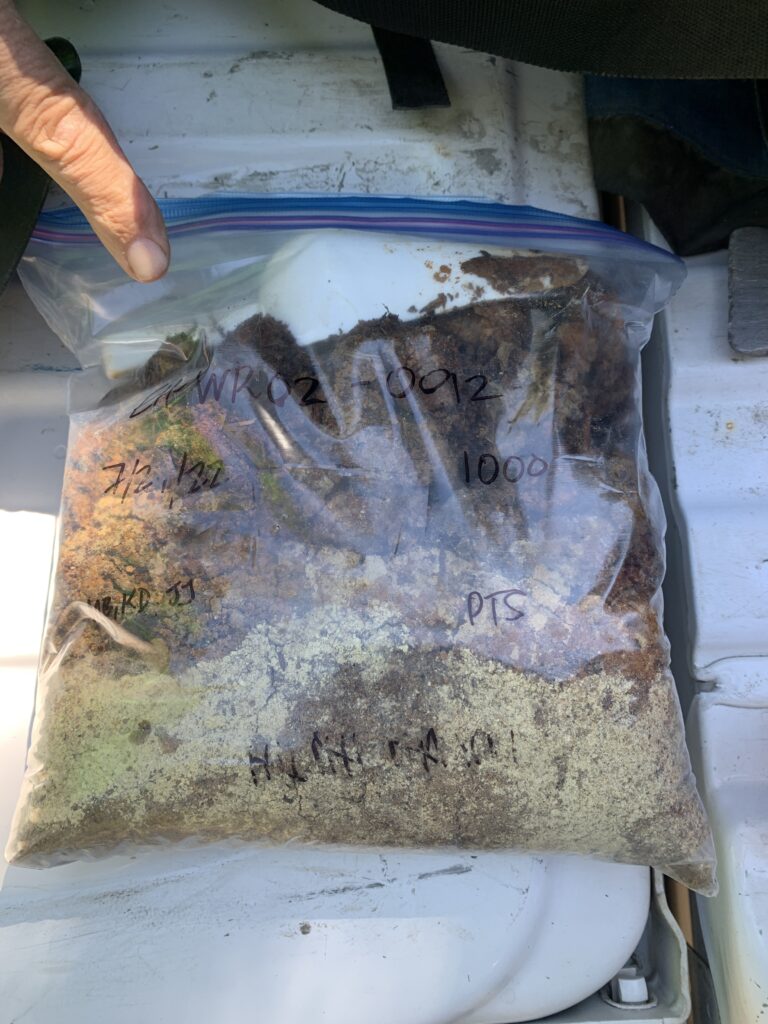
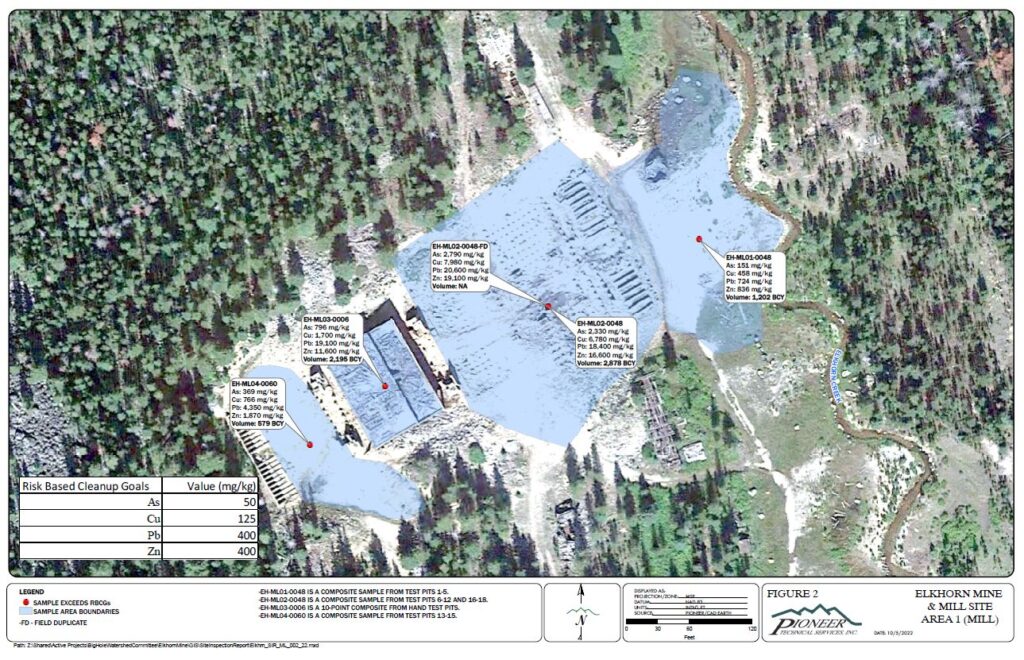
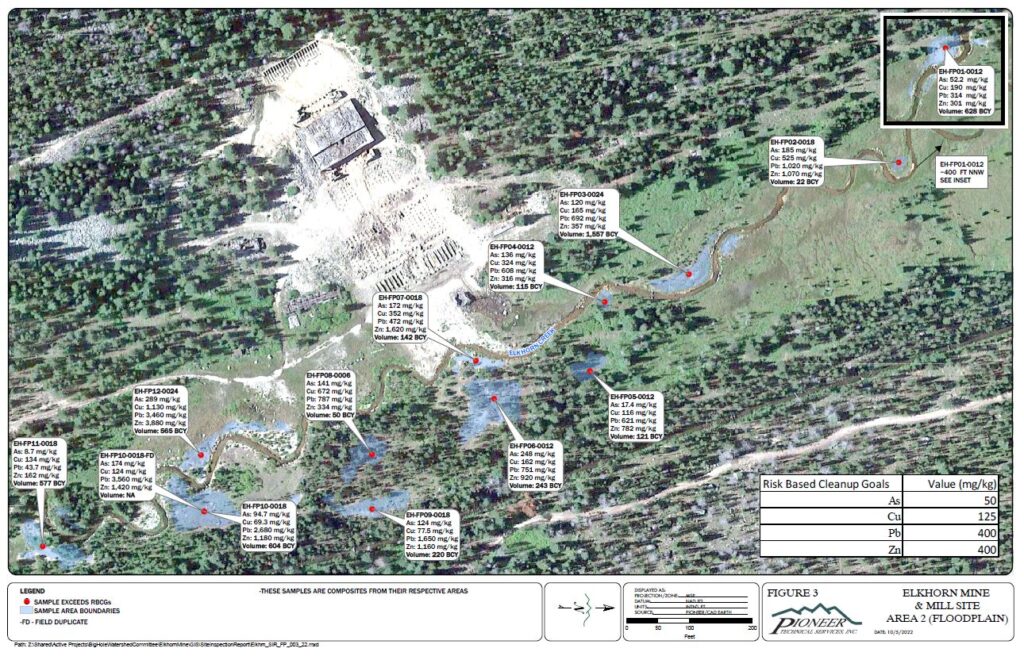
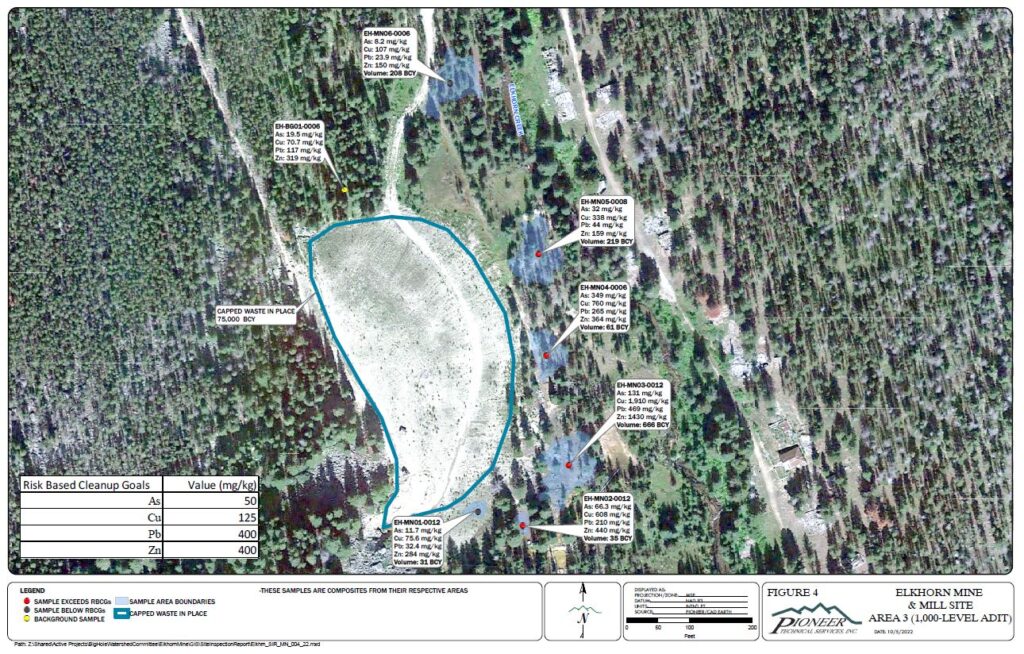
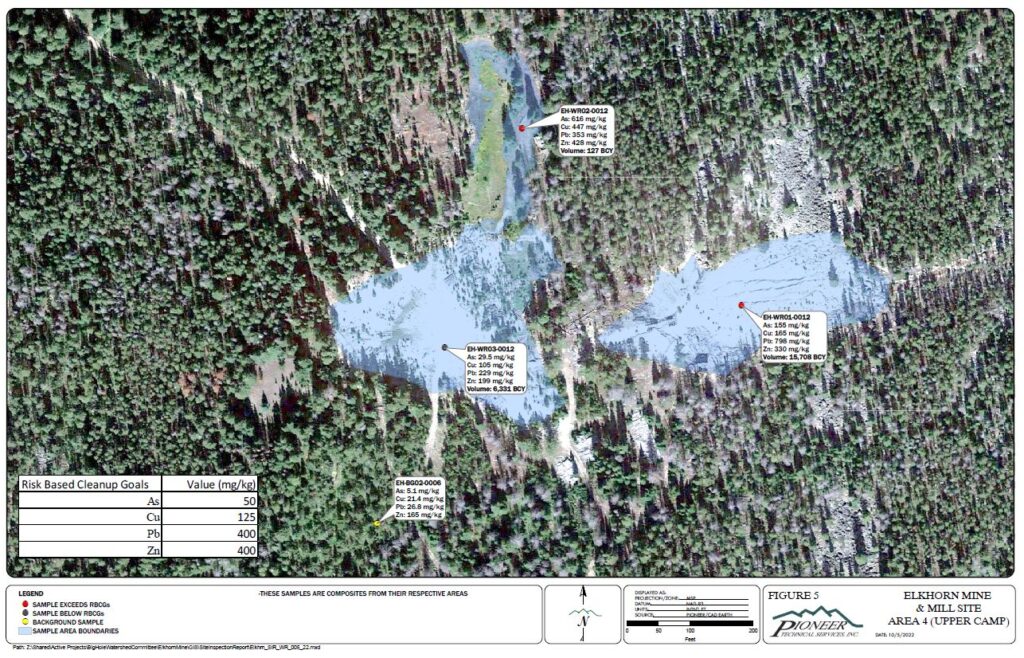
Project MAP
Status
Ongoing
Type
Native Fish
